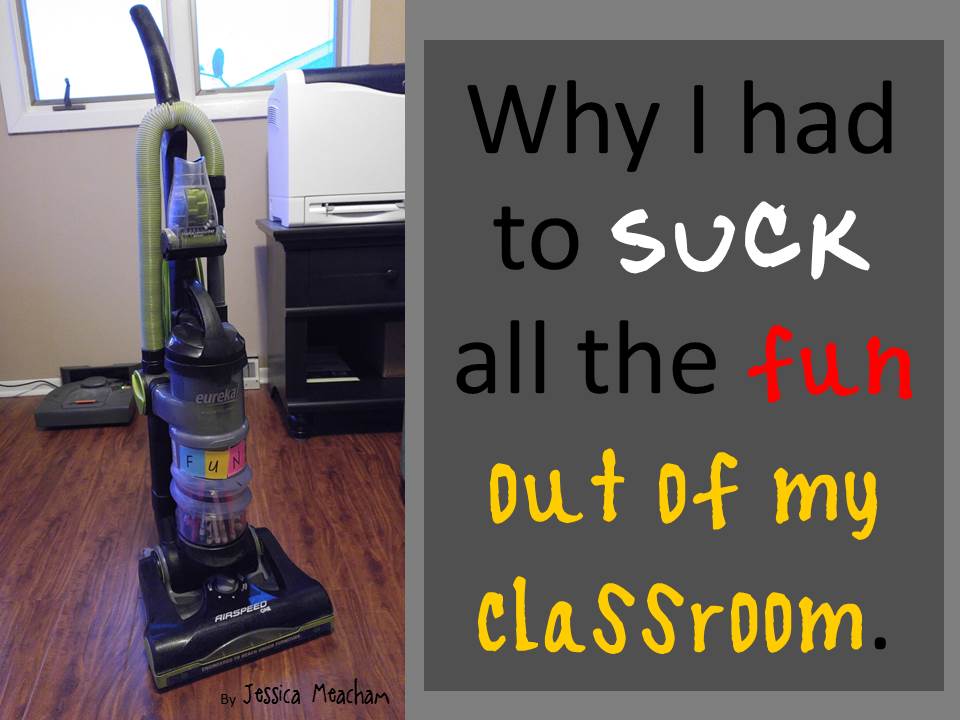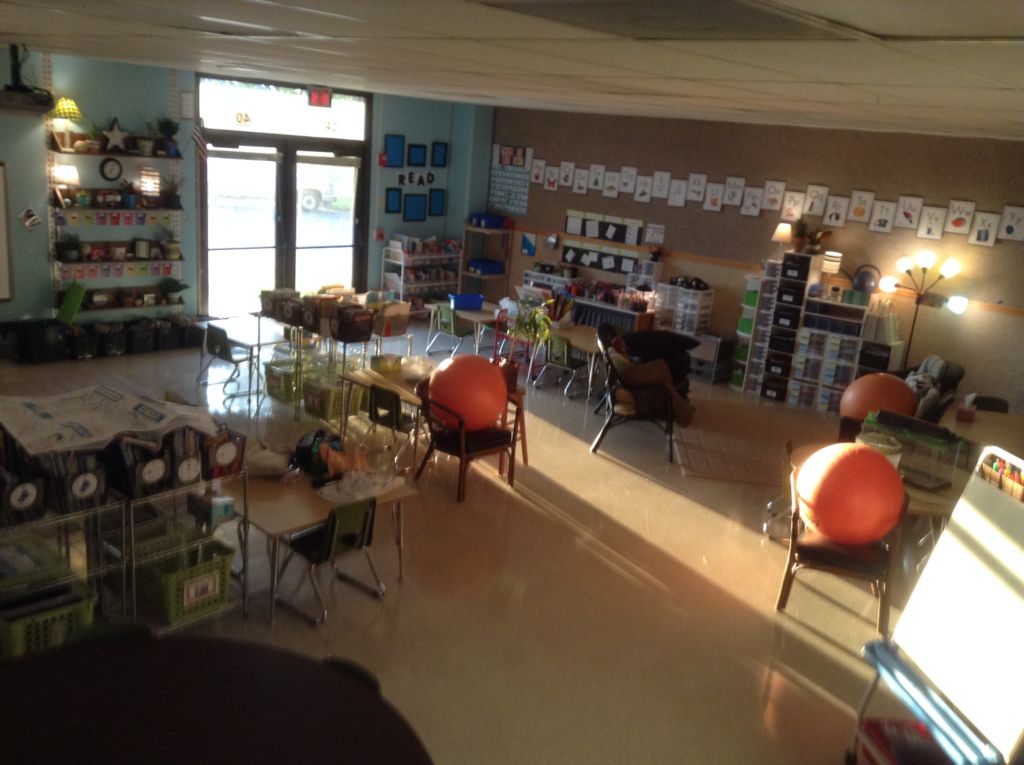Students have a lot of voice and choice in our classroom. Our classroom offers them
- flexible seating areas,
- learning options from which to choose during independent work time, and
- a plethora of tools readily available to help them orchestrate their work.
Like a busy beehive, our classroom isn’t quiet. It isn’t always neat and tidy, and the day to day activities aren’t mundane. Students have come to love that they have a say in what our classroom looks like and feels like as learners. We work together to make our room a place that is pleasant, inviting, and engaging. Rigorous teaching, modeling, and practice are what make our reading, writing, and math workshops routines and expectations work.
But something went wrong one year. Our “well-oiled machine,” one that could run on its own when a Guest Teacher took the helm wasn’t operating as functionally and beautifully as it should.
I first noticed the changes in December:
- transitions were a disaster and ate up precious instructional time
- learning tools and resources weren’t handled responsibly
- non-productive noise pollution made it impossible to conduct small groups
- student behavioral choices repeatedly evoked emotional disagreements
 I was desperate to make the system work and none of my efforts to restore it seemed to be working. So I took drastic measures. One day after school I garnered the help of a few teacher friends. They helped me strip our classroom of everything that I considered fun, unique, and necessary. For effect, I stuffed my classroom vacuum with an iPad cord and a few tools from our work on writing table.
I was desperate to make the system work and none of my efforts to restore it seemed to be working. So I took drastic measures. One day after school I garnered the help of a few teacher friends. They helped me strip our classroom of everything that I considered fun, unique, and necessary. For effect, I stuffed my classroom vacuum with an iPad cord and a few tools from our work on writing table.
The next day, the vacuum “greeted” students by the door. They were instantly alarmed to find our classroom bare, boring, and uninteresting. And, within the next few moments they began to realize that the visual changes weren’t the only changes that were to impact them.
Maybe you’ve found yourself in a similar situation. No matter how much practicing and re-training you’ve done, expectations are simply not being met. For our classroom, I felt that my students needed to feel what a classroom without the voice and choice felt like. This meant:
- no movement without permission
- no flexible seating
- no conversation with peers
- no technology
- limited (basic) tools to show/demonstrate learning
I removed the comfy seating including our cushy chairs, couch, and cushions. The stuffed animals also were removed along with the stability balls. I removed all work on writing materials and left just pencils and notebooks.
Every single day we talked about how to earn it back. We talked about what kind of classroom they desired to have. It was a painful time for me. And I had hoped that it was painful for them.
Over time, we slowly brought back the fun. I learned a lot about myself as a teacher that year and will be forever grateful for the students in that class from whom I learned so much. Together we learned that tough situations can be turned around with teamwork.
Since that year, I’ve added other components to our daily routine, as needed, in an effort to curtail the need to drastically change our environment. These are charts that we create together. We use our SMARTboard, but anchor chart paper can also be used. They will be detailed in a future post, but for now, they are available for you to reference and use if you wish!
Related Blog Posts:
- You’re ready when… CHART
- You’ll need… CHART
- Daily 5 Map of Where CHART
- If…Then…Daily 5 Time Owed CHART
- Today’s Tech Choices CHART
- Eagle 3 Time CHART and Routine
What type of success have you had in creating self-sufficient workers, who are able to work successfully independently? What types of routines, structure, and expectations are in place for your class? Share your stories! I’d love to hear them.














6 Comments
We are in the middle of one of those years right now. Your article is inspirational. M<ay we too find a way through it together.
Glad you found it helpful! Blessings to you and your class!!
I’m having a similar year. This group of firsties has not matured at the same pace as my previous years. I’ve implemented Bucket-fillers, because most of the issues have to do with how the kids treat one another. I have had some issues with D5 noise level as well. I think I will try something similar and see if it helps.
Thanks,
Jessica
I love bucket-fillers too! Hope your year starts to fall into a rhythm that is a blessing to all!
Do you have a template for the Building Stamina measuring sticks?
Hmmm….refresh my memory as to where you found this…THANKS! Hoping to help!